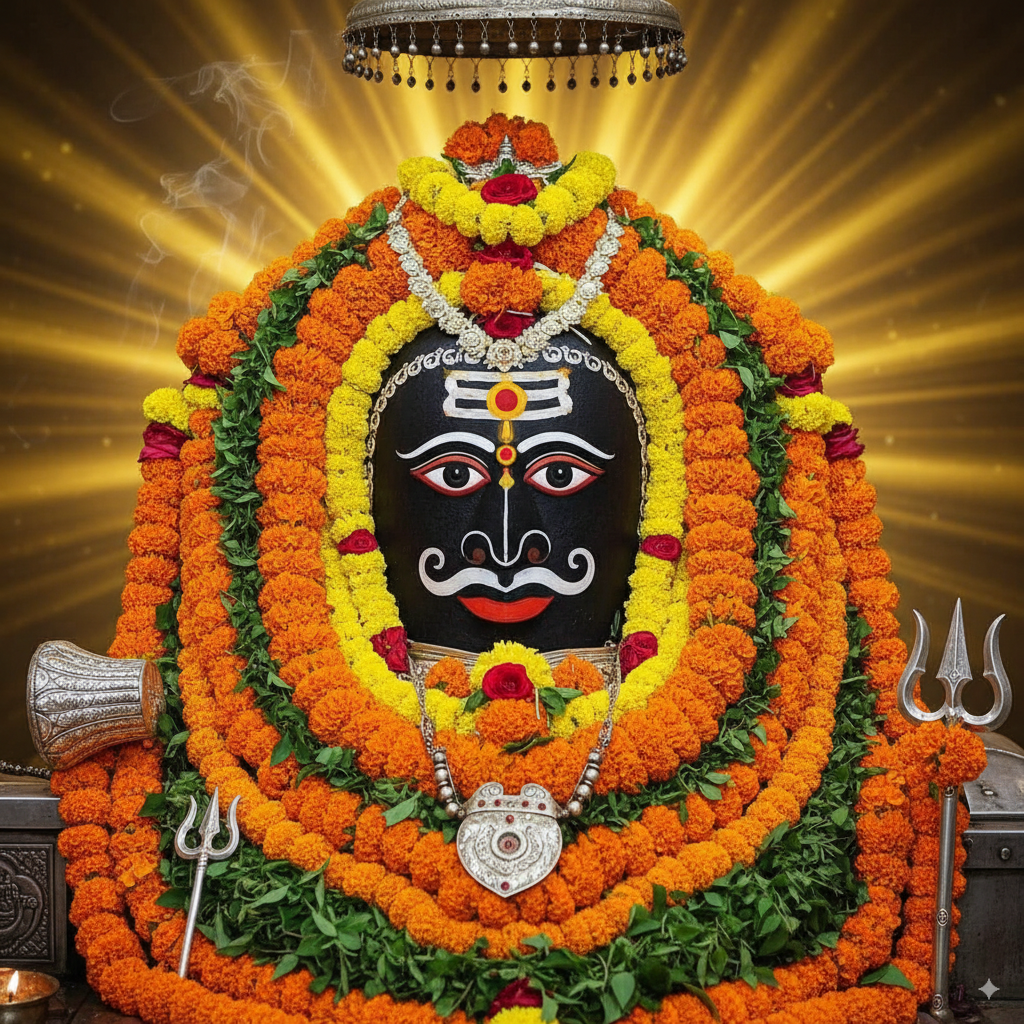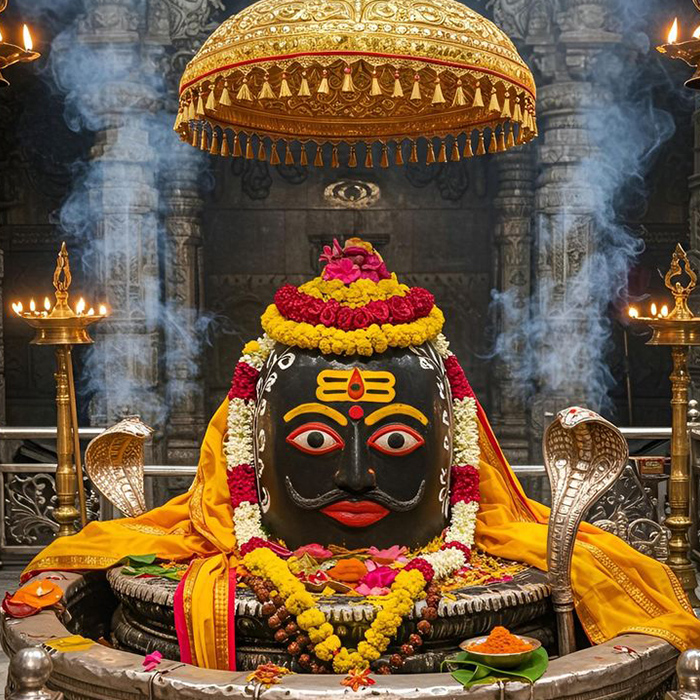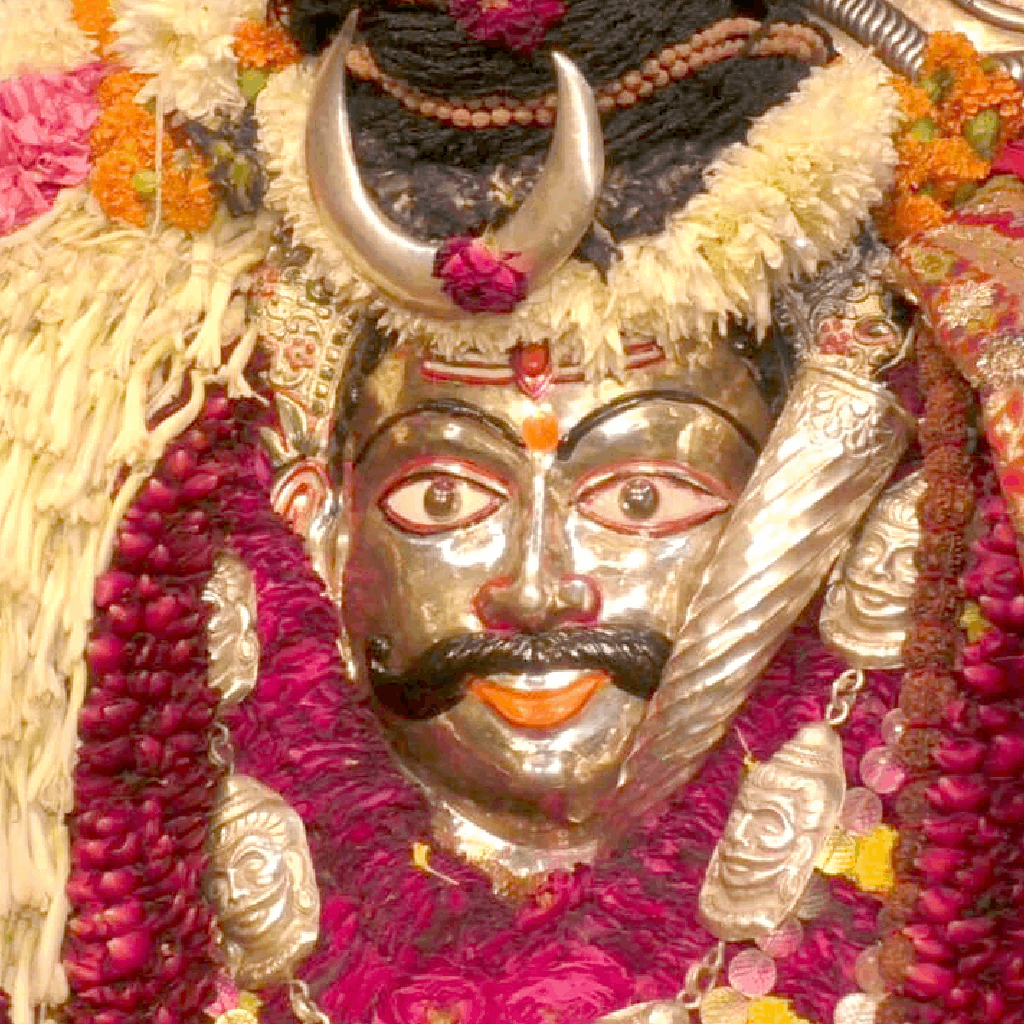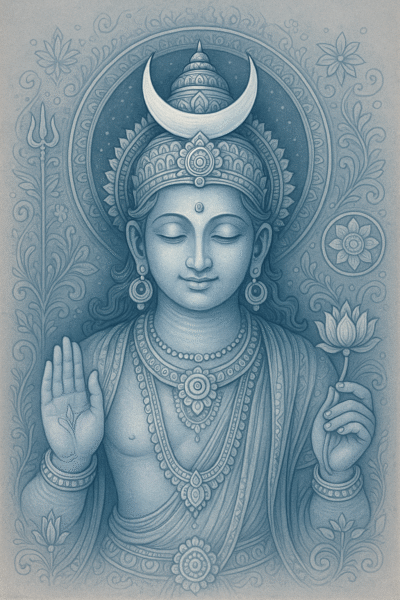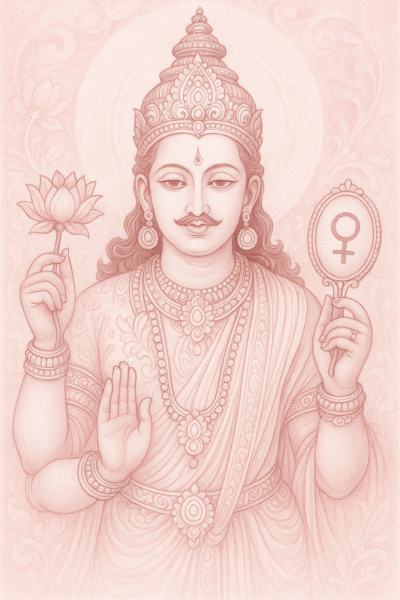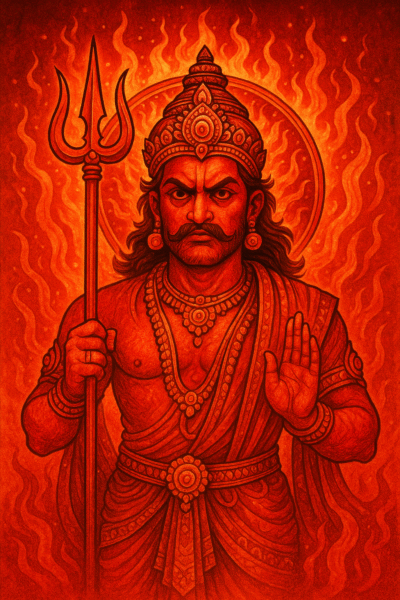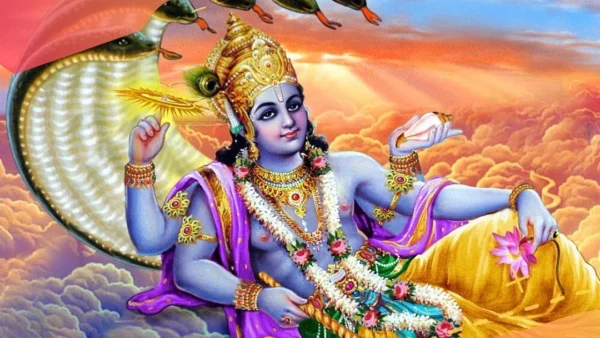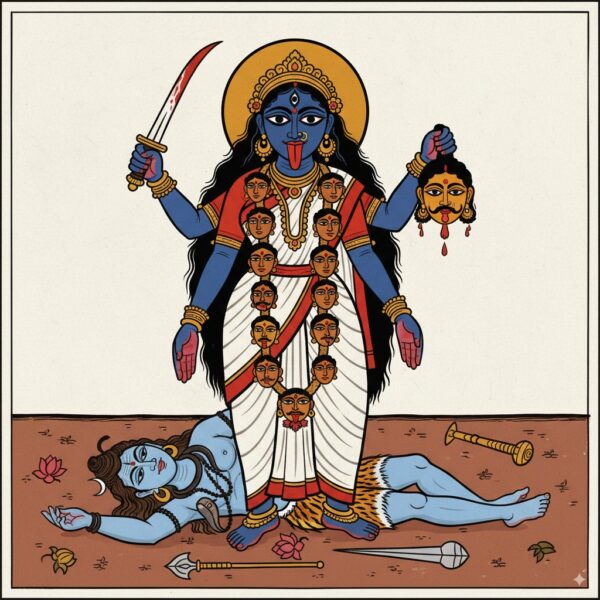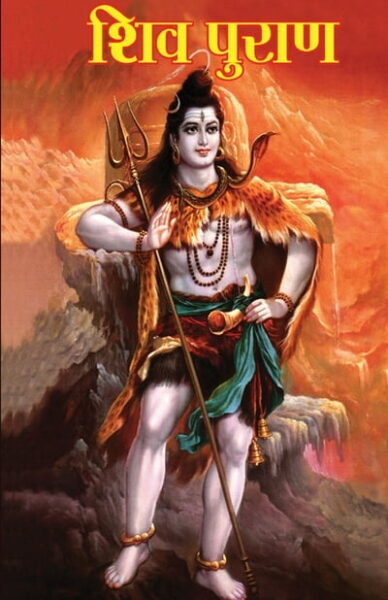Kaal Bhairav - The Fierce Guardian and Lord of Time
Kaal Bhairav is a fierce and powerful form of Lord Shiva associated with annihilation of evil, protector of the universe, and guardian of time (Kaal). Revered as the divine watcher and keeper of cosmic order, Bhairav embodies destruction that leads to renewal and transformation. This article explores Kaal Bhairav’s iconography, mythology, worship practices, festivals, mantras, sacred places, and his contemporary significance.
Introduction
Kaal Bhairav is recognized as a terrifying yet benevolent manifestation of Lord Shiva who governs time and cosmic justice. He is regarded as the protector of temples and the guardian of spiritual treasures. The name “Kaal” means time, emphasizing his role as the eternal controller of time and the destroyer of fear and ignorance.
Physical Attributes & Iconography
The iconography of Kaal Bhairav highlights his fierce and awe-inspiring nature:
- Fierce Face and Fiery Eyes: Symbolizing the destruction of evil and ignorance.
- Black or Dark Blue Complexion: Representing the infinite and the void.
- Garland of Skulls (Mundamala): Signifying detachment from the material world and past lives.
- Four Arms: Holding a trident (trishul), a drum (damaru), a sword, and a skull cup (kapala).
- Serpent Adornments: Wrapping the neck and arms, symbolizing power over death and fear.
- Wearing Tiger or Elephant Skin: Denoting mastery over animalistic instincts.
- Dreadlocked Hair (jata): Signifying ascetic power and connection to cosmic energy.
- Crescent Moon and Third Eye: Revealing spiritual insight and mastery over time.
Sacred Names & Titles
- Kaal Bhairav — Lord of Time and Fear
- Bhairava — The Terrible or Fierce One
- Asitanga — Having Dark or Black limbs
- Rudra — The Roarer, form of Shiva
- Shmashana Adhipati — Lord of Cremation Grounds
- Digambara — Clothless or wearer of the sky
- Batuka Bhairav — Youthful form of Bhairava
- Mahakaal — The Great Time or Death
- Chandra Shekhar — Crest adorned by the moon
Major Legends & Mythology
The Origin of Kaal Bhairav
Kaal Bhairav is said to have originated when Lord Shiva took a fierce form to vanquish the demon spirits and restore cosmic order. According to lore, Brahma’s arrogance was humbled when Bhairav cut off one of Brahma’s heads, symbolizing destruction of ego and pride.
Guardian of Temples
Bhairav is worshipped as the protector of various temples, especially the Kashi Vishwanath temple in Varanasi, where he is regarded as the city’s guardian deity.
Role in Death and Liberation
Kaal Bhairav is associated with cremation grounds and is believed to have power over the cycle of birth and death, assisting devotees in liberation.
Spiritual Significance & Philosophy
- Destroyer of Fear: Kaal Bhairav destroys fears and obstacles on the spiritual path.
- Time as Ultimate Power: As lord of time, he teaches the impermanence of life and importance of living righteously.
- Path to Liberation: His fierce form reminds seekers that destruction of ego leads to spiritual freedom.
- Balance of Terror and Compassion: Though fierce in appearance, Bhairav is compassionate to true devotees.
Major Festivals & Observances
- Bhairava Ashtami: The principal festival dedicated to Kaal Bhairav, celebrated on the eighth lunar day of Krishna Paksha in the month of Margashirsha (November-December).
- Mahashivratri: Kaal Bhairav is also revered during this great night dedicated to Lord Shiva.
- Diwali: Worship of Bhairav is often integrated during this festival of lights in some communities.
Sacred Mantras & Prayers
- Bhairav Mantra: Om Bhram Bhreem Bhroum Sah Bhairavaya Namah – a powerful chant to invoke the energy and protection of Kaal Bhairav.
- Kaal Bhairav Gayatri:
Om Kaalabhairavaya Vidmahe Mahadevaya Dhimahi Tanno Bhairava Prachodayat
- Rudra Mantra: Om Namah Shivaya, frequently used to worship Bhairav as a form of Shiva.
Sacred Places & Temples
- Kaal Bhairav Temple, Varanasi: One of the most famous temples dedicated to Bhairav, considered the guardian of Varanasi.
- Ujjain: Houses a prominent Bhairav temple where many devotees pay homage.
- Katri (Rajasthan): A well-known sacred site with Bhairav worship.
- Other Bhairav Temples: Numerous temples dedicated to Bhairav exist throughout India and Nepal.
Worship Practices & Rituals
- Daily offerings include flowers, incense, and sweets to invoke Bhairav’s blessings.
- Abhishek (ritual bathing) with milk, water, and honey is common in Bhairav temples.
- Reciting mantras and hymns, especially the Bhairav Ashtak and Rudra Sahasranama.
- Fasting and special prayers on Bhairava Ashtami and important festival days.
- Some temples observe night vigils and tantric rituals honoring Bhairav’s fierce energy.
Benefits of Kaal Bhairav Devotion
- Removal of fears and negative influences in life.
- Protection from untimely danger and accidents.
- Grant of courage, strength, and perseverance.
- Spiritual liberation and growth through karmic balance.
- Experiencing peace of mind and clarity in difficult circumstances.
Modern Relevance & Contemporary Worship
- Kaal Bhairav remains a powerful deity worshipped by devotees for protection and spiritual progress.
- Urban Bhairav temples serve as centers for cultural and spiritual activities.
- His fierce image is also a symbol of fearlessness and inner strength in modern spiritual teachings.
- Awareness of Bhairav’s role in cosmic balance inspires contemporary seekers.
Conclusion
Kaal Bhairav offers devotees a fierce yet compassionate guide on the spiritual path, embodying destruction that paves the way for transformation and liberation. Through devotion to Bhairav, one attains protection, courage, and ultimate peace.
Om Kaal Bhairavaya Namah — I bow to the mighty guardian of time and the cosmic order.

